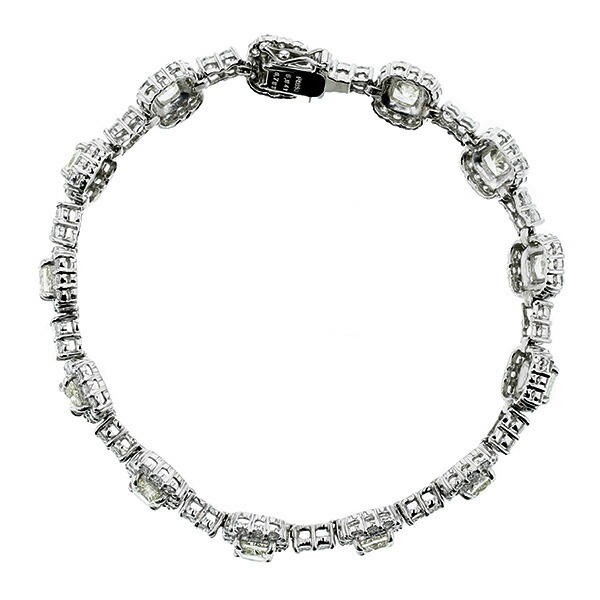商品の詳細
黒ダイヤとダイヤモンドのブレスレット
になります·͜·ᰔᩚ
家で試着はしましたが私には
サイズがあわずとくに
調整に出す事なくそのまま保存した
状態になります◡̈*♡.°⑅
鹿児島イオンのパピネスで購入
ケース、箱付き、鑑定付になります♡̖⃛́-
になります·͜·ᰔᩚ
家で試着はしましたが私には
サイズがあわずとくに
調整に出す事なくそのまま保存した
状態になります◡̈*♡.°⑅
鹿児島イオンのパピネスで購入
ケース、箱付き、鑑定付になります♡̖⃛́-
商品の説明

最高品質ブラックダイヤモンドの大玉ブレスレット・ネックレスのご紹介 ...

◇ペアジュエリー仕様◇ブラックダイヤモンド or ダイヤモンド 0.20ct ...

ブラックダイヤモンドの意味・効果まとめ【相性の良い石の組み合わせも ...

プレミアム・最大級] ブラックダイヤモンド ブレスレット 10.5mm 178.8ct

ダイヤモンド テニス ブレスレット 12.074ct(Total) VVS~SI-M~LIGHT ...

ダイヤモンド テニス ブレスレット 10ct(Total) SI1~SI2-E~H-VERY ...

ブラックオパール1.27ctプラチナリングダイヤ0.96ct付(中央宝石研究所宝石鑑別書付)

ダイヤモンド 15.5ct ホワイトゴールド ブレスレット【品質保証書/宝石 ...

指輪 レディース リング ダイヤモンド ダイヤモンドリング ダイヤリング プラチナリング スイートテン ダイヤ プラチナ 鑑別書 0.3ct PT900 スイートテンダイヤモンド スイート 10 誕生日 プレゼント 女性 妻 彼女 ジュエリー 10周年 記念日 ギフト

Amazon.co.jp : ダイヤモンド リング ダイヤ アイスブルーダイヤ 合計 ...

K10WG・ダイヤ0.2ct(SIクラス・鑑別書カード付) スタッドピアス(4 ...

松屋銀座 プラチナ0.3ctダイヤ一粒石ペンダント(Dカラー,IFクラス ...

専用JE176☆高級 大粒ダイヤモンド1.128ct プラチナ リング 鑑別付 ...

ブラックダイヤモンド ピアス 一粒 プラチナ 計0.1カラット pt900 ...
レディース・アクセサリー・ブレスレットのデイリーランキング
-
-
3

トリーバーチ ショルダーバック
ショルダーバッグ
¥6,210
-
4

ブラックミニワンピース
ミニワンピース
¥4,400













